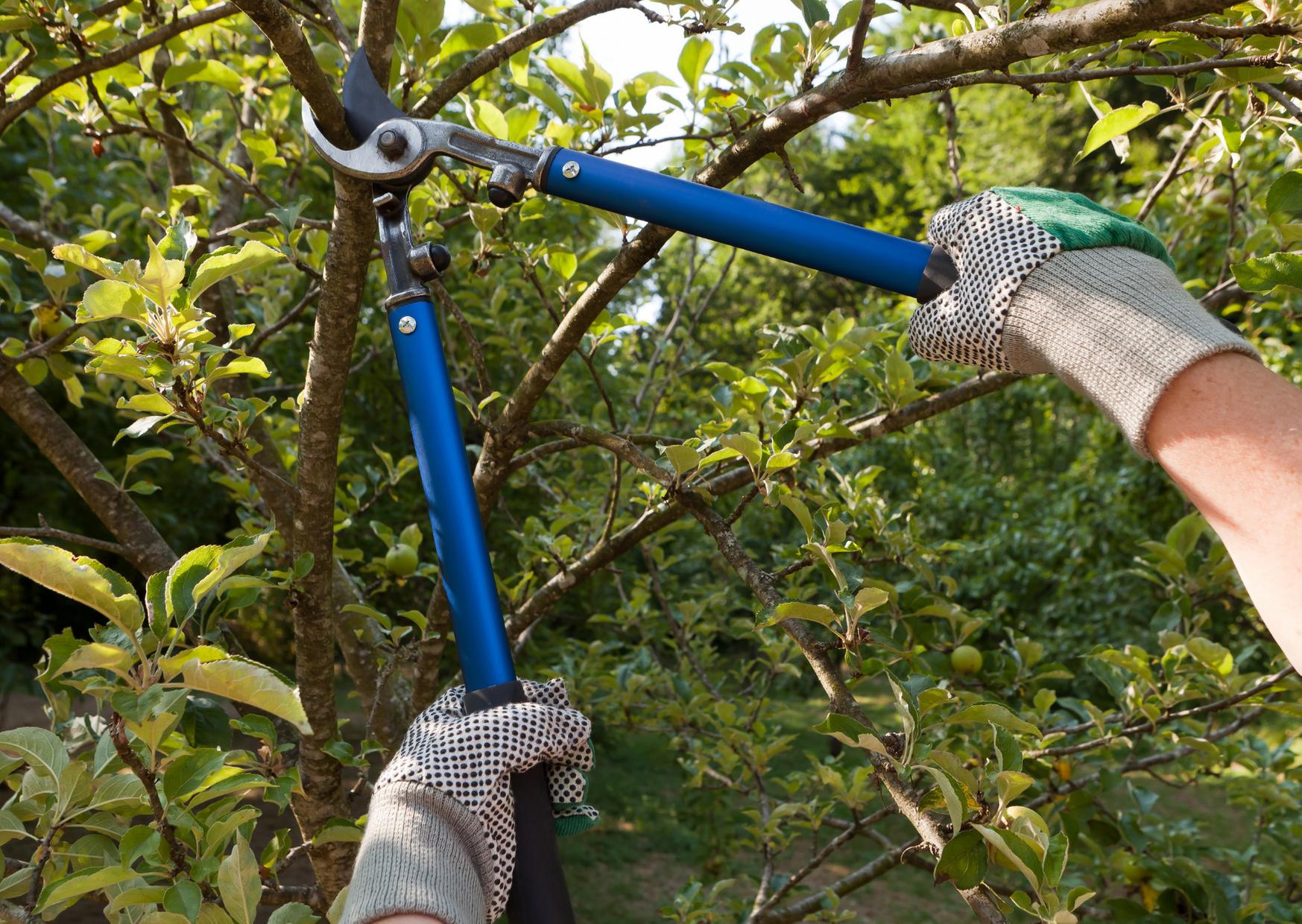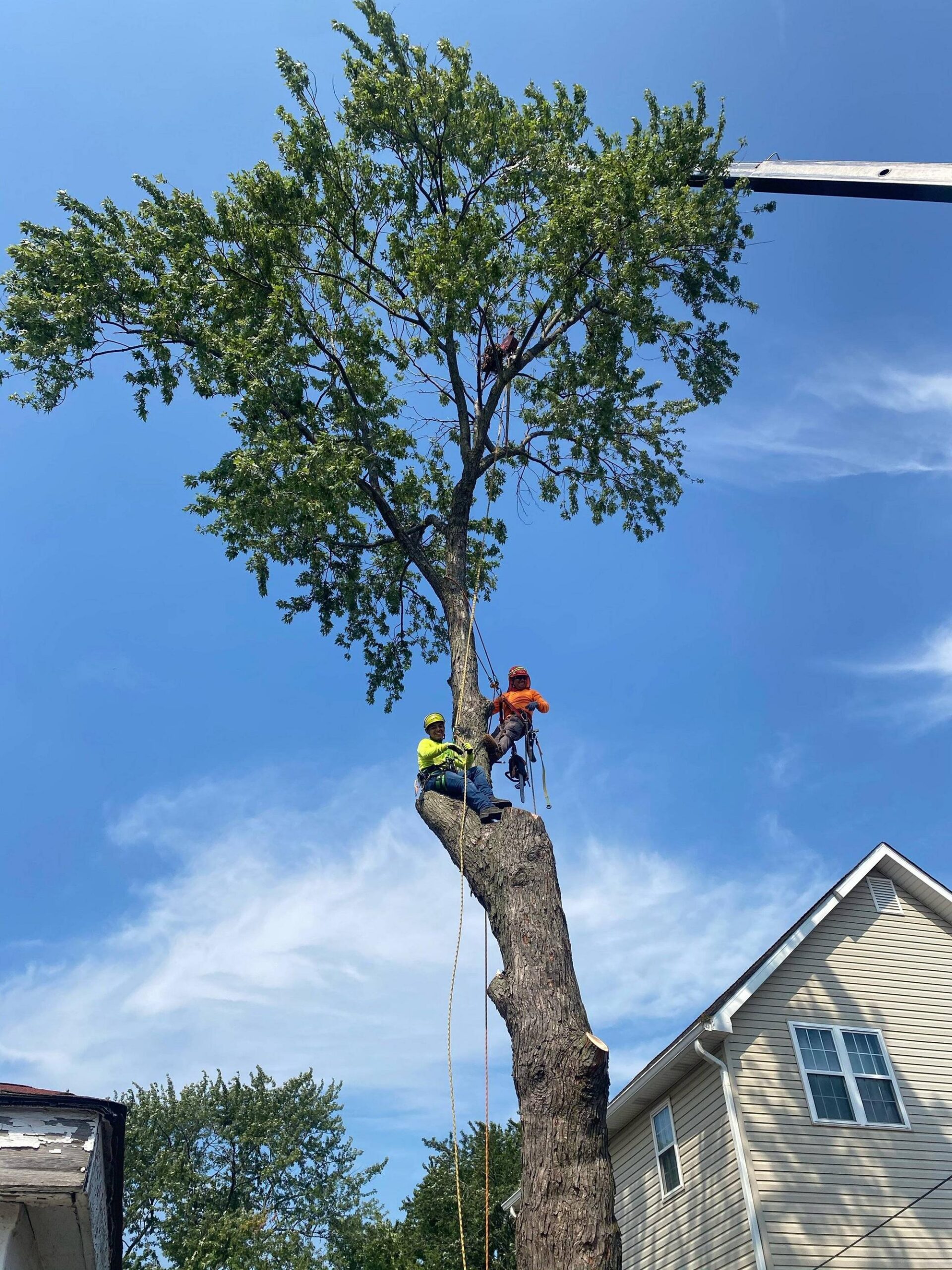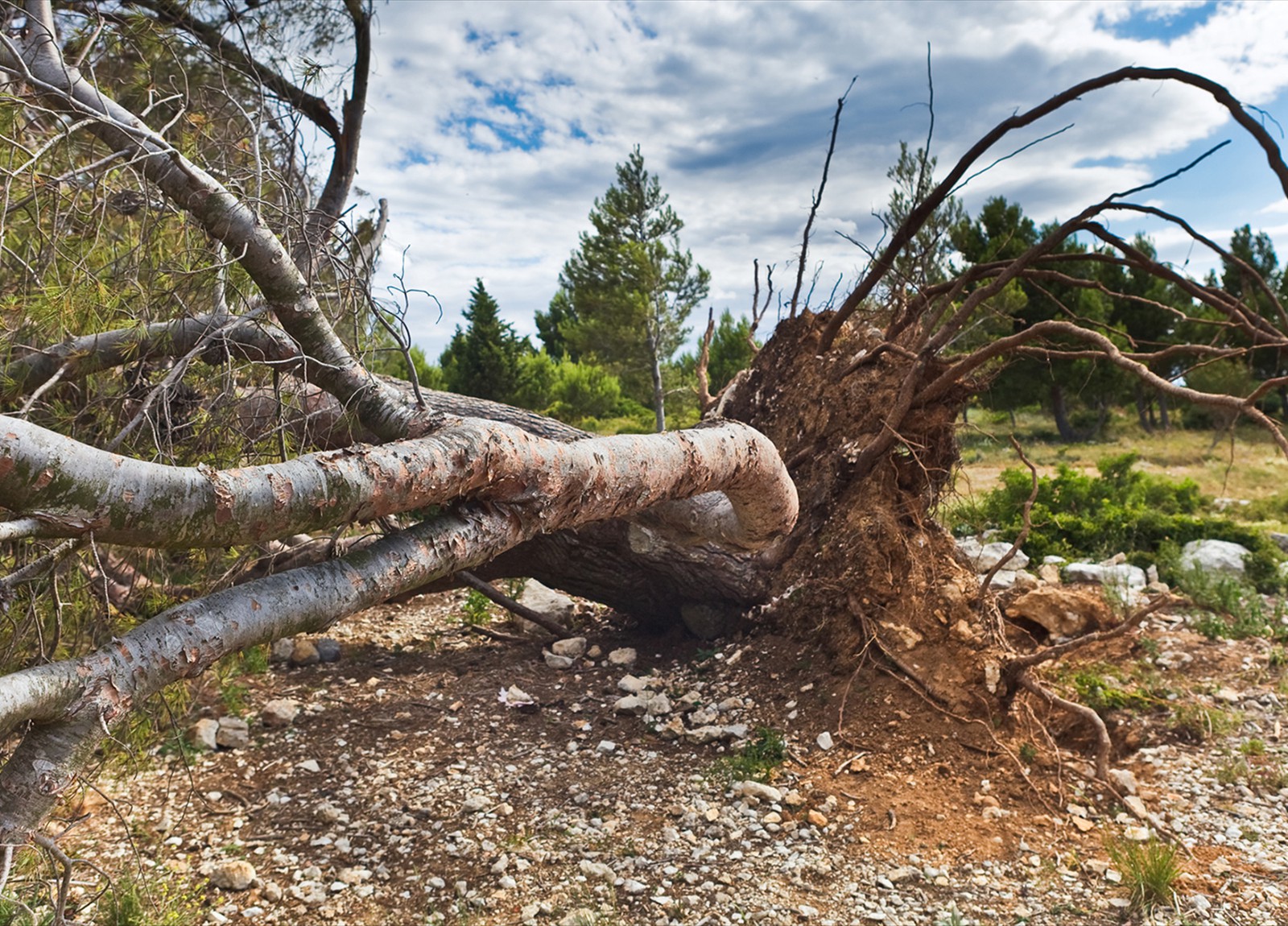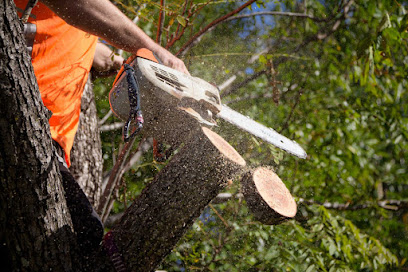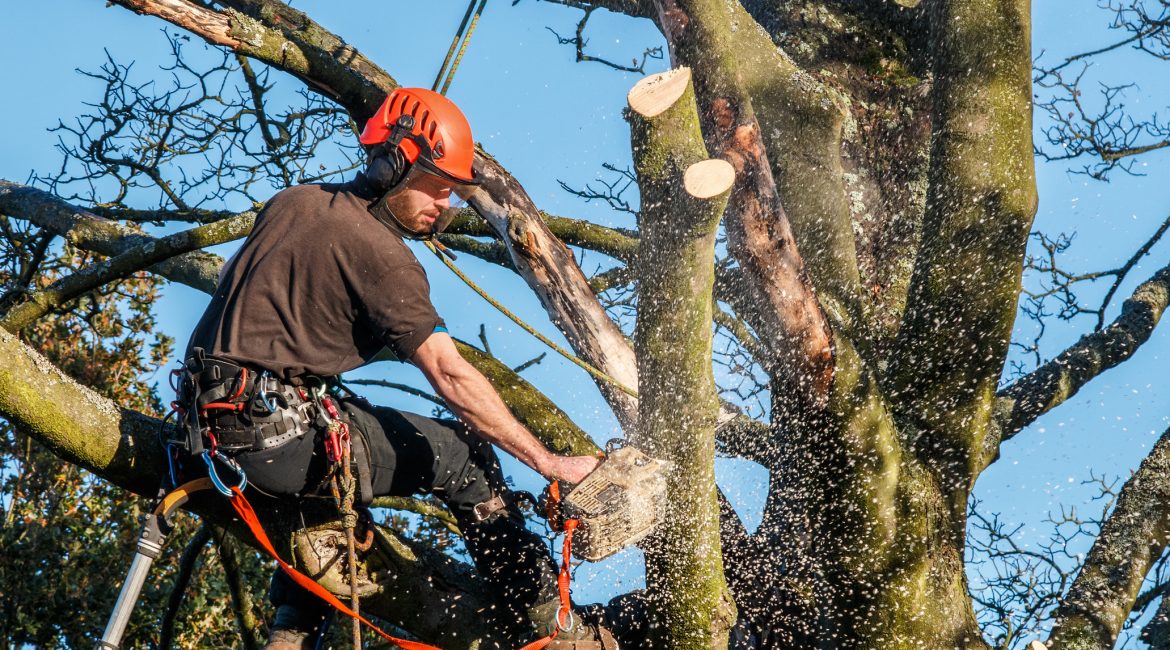[ad_1]
When it comes to choosing a Tree Lopper, there are several different options to consider. These include Bypass Loppers, Ratchet-style loppers, Non-slip grips, and Extended handles. It is important to choose the right one for your needs. Hopefully, this article will give you some helpful tips in making your choice.
Bypass Loppers
Bypass tree loppers are very useful when cutting branches in trees and bushes. They are designed with a blade that passes through the thick base of the tree and closes across the branch in one smooth motion. This allows you to cut a tree with a wide variety of diameters and types of wood.
These tools have two main types of blades – those made from carbon steel and those made from high-carbon steel. While carbon steel tends to rust more quickly, it is still important to clean them after each use, because rust will affect the operation in the future. Using a light wipe with oil and a cloth can keep these tools in pristine condition.
Ratchet-style loppers
Ratchet-style tree loppers are designed with a ratcheting mechanism that reduces the amount of pressure necessary to cut through tough wood. The ratcheting action also helps keep the blade in place during the cutting process. Which style you choose depends on the type of work you’ll be doing.
Before buying a ratchet-style tree lopper, be sure to read the instructions on the tool. Some of them will include easy-to-follow directions for use. Moreover, you can also use a lubricant to keep the blades sharp and lubricated. Ratchet-style tree loppers are best used in a safe environment and should be used by following instructions and step-by-step guides. Ensure that the handles are spread to fit the branch and that the blades are used deep into the branch. Avoid snipping or cutting off parts of the branch; this will dull the blades and cause excessive strain.
Extended handles
Tree Loppers are a great way to get a clean cut when cutting green wood. But loppers take some practice before you can use them safely. You should make sure that the blades are sharpened and that you use a lubricant. This will help prevent blade buildup and keep them ready for use. Also, you should use proper guidance, such as a step-by-step guide or a set of instructions. To get the best results, spread the handles to fit the branch you’re working on. Also, make sure to get the deepest portion of the branch before cutting, as this will help prevent the blades from dulling or causing excessive strain.
Tree Loppers with extended handles are more comfortable to use. Their ergonomically designed handles are easy to grip. They also have non-stick coating and are perfect for cutting branches with a minimum of effort.
Non-slip grips
A non-slip grip is a crucial feature of a tree lopper. They prevent the tool from sliding as you use it, and make it much more comfortable to hold and use. The telescoping handle can be adjusted from 26 to 40 inches, allowing you to reach tall branches and shrubs. But be warned – these tools can be heavy and cause arm fatigue. The non-slip grips reduce this risk and help prevent hand fatigue.
A tree lopper is extremely useful for pruning large trees and cutting down dead branches. A good one can cut through branches up to 1.5 inches thick. It’s especially useful for trimming deadwood and dry, broken branches. Its blade is made of carbon steel and Teflon coated for long-lasting sharpness. The handle is made of aluminum and is non-slip to prevent injuries. The grips are also designed to prevent hand fatigue and a buildup of calluses.
Cutting with a single swing
The Tree Lopper allows players to cut down whole trees with a single swing. The tool is similar to the TreeCapitator client mod but offers more features. This tool will also list blocks and logs, which can be used when cutting trees. In addition, it will let you know whether someone else has disabled this mechanic.
In order to use a Tree Lopper, you must have access to the top of a tree. It is best to have a tree with thick branches, 8 inches or more in diameter, which is about ten to fifteen feet tall.
Reputation of a tree lopper
Before you buy a tree lopper, it’s important to consider the reputation of the manufacturer. A reputable tree lopper has a good reputation for cutting trees safely. Moreover, a good tree lopper has a long handle and an ergonomic grip. You can even buy a telescopic version, which will let you prune over higher branches. However, keep in mind that the maximum cutting diameter of a tree lopper shouldn’t exceed 32mm, as this can bend the aluminium handles.
A tree lopper should be sharpened and come with a lubricant. This will help prevent buildup of the blade and help the lopper function properly. It should also come with clear instructions and guidance, such as a step-by-step guide. You should also be sure that the tree lopper has a valid ACN and ABN. In addition, the company should have insurance and a Building and Energy Vegetation Code of Practice Certificate.
[ad_2]
